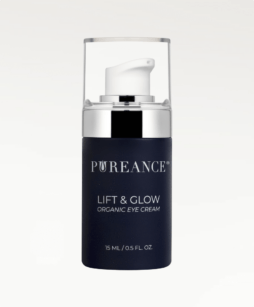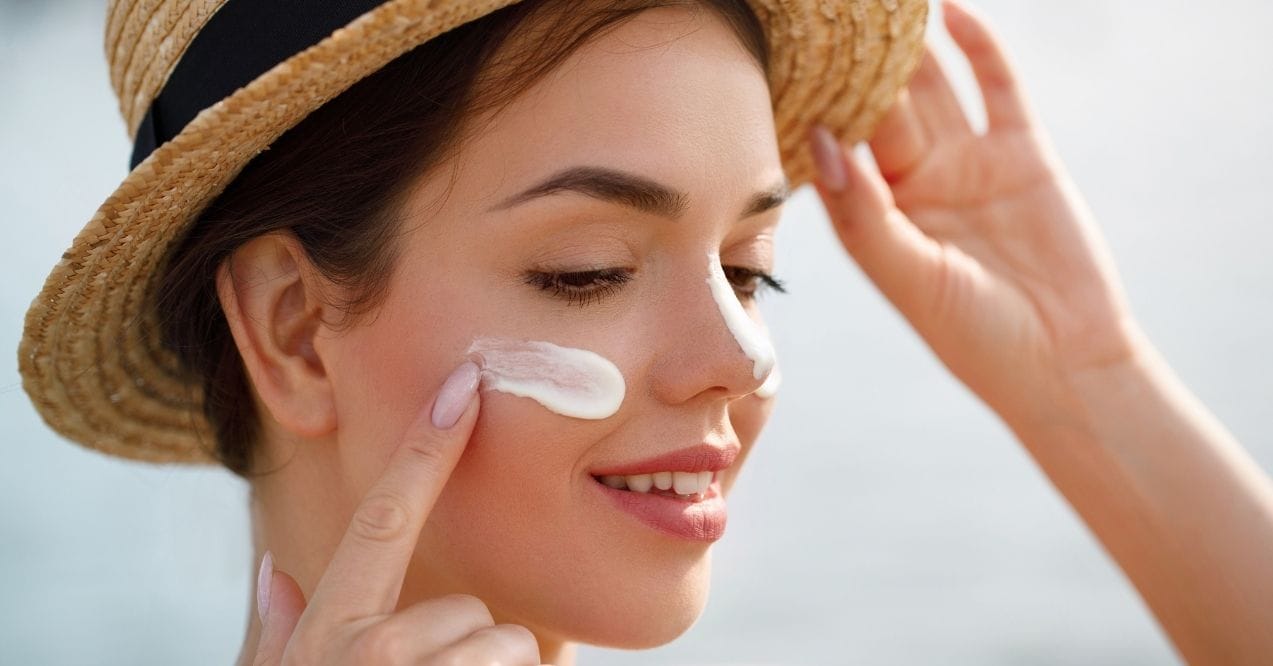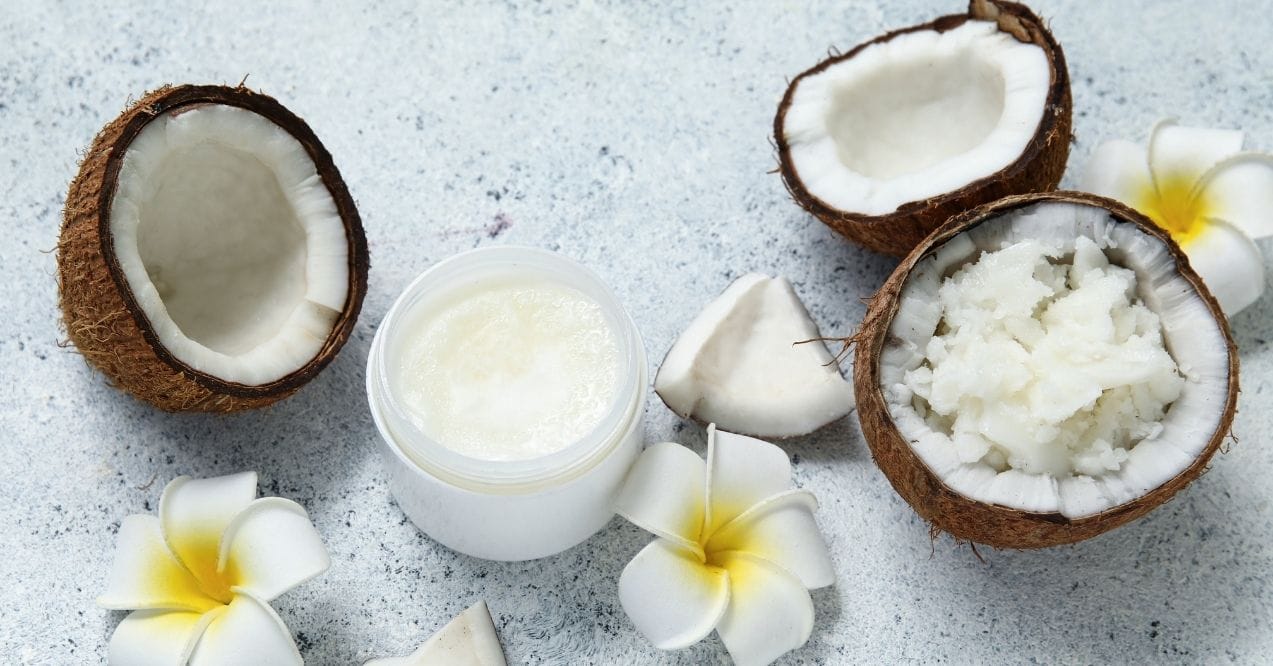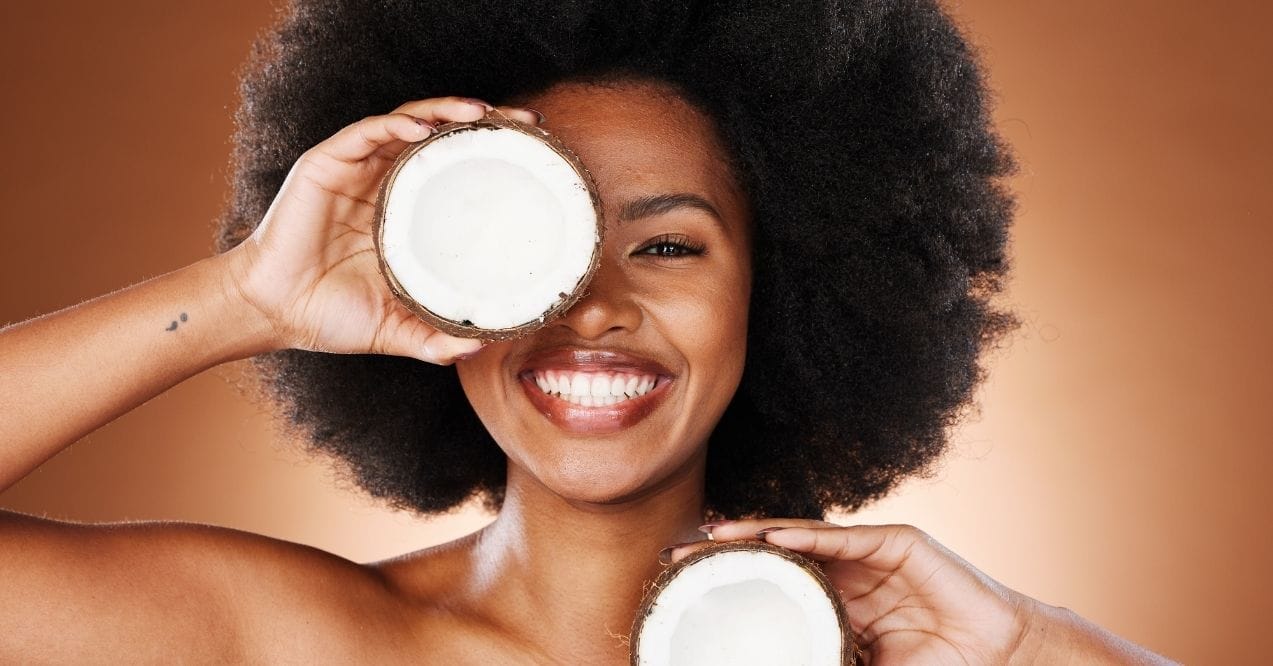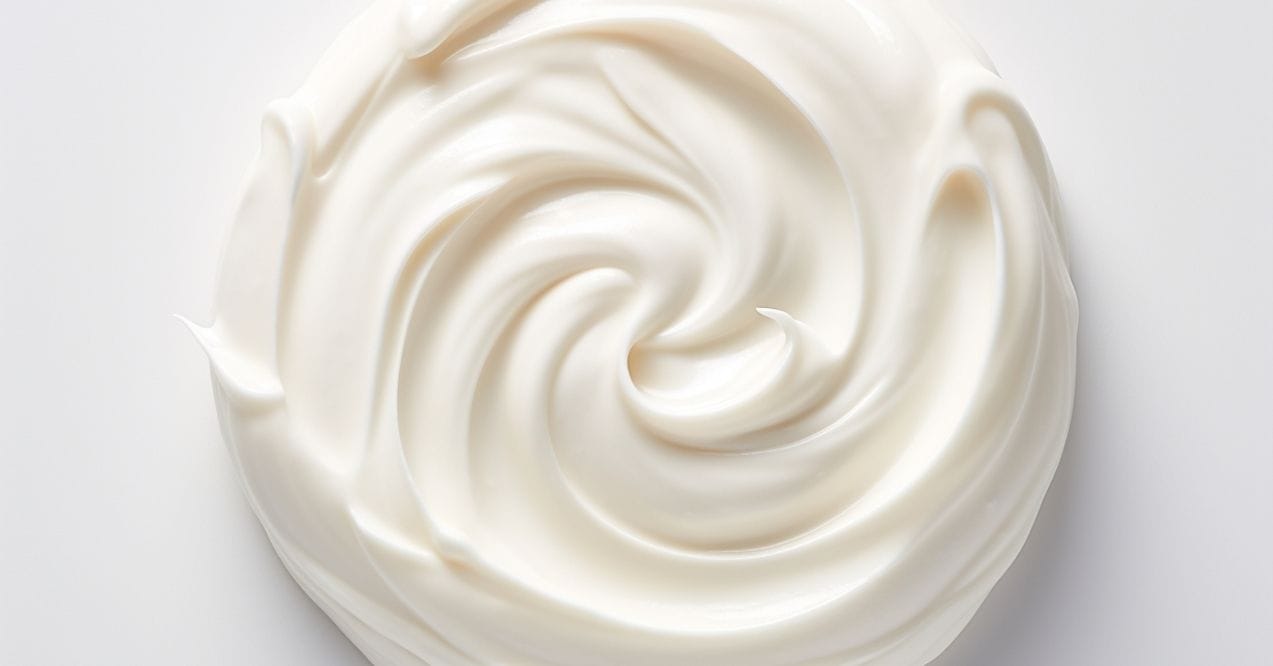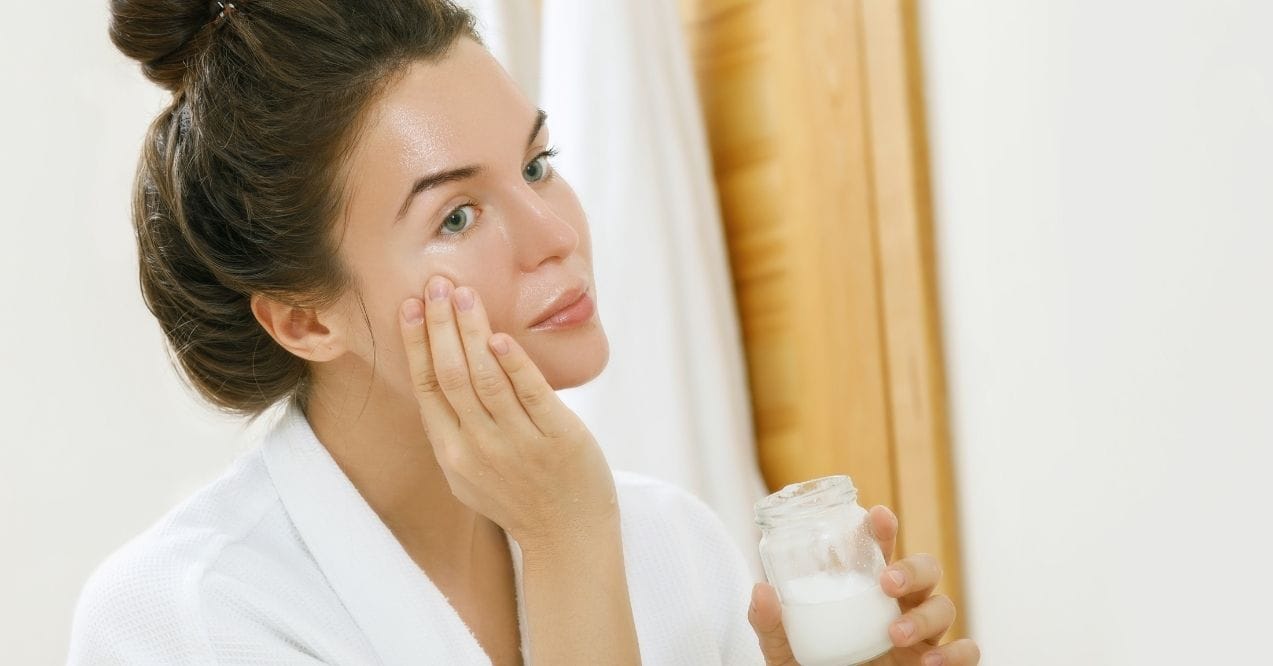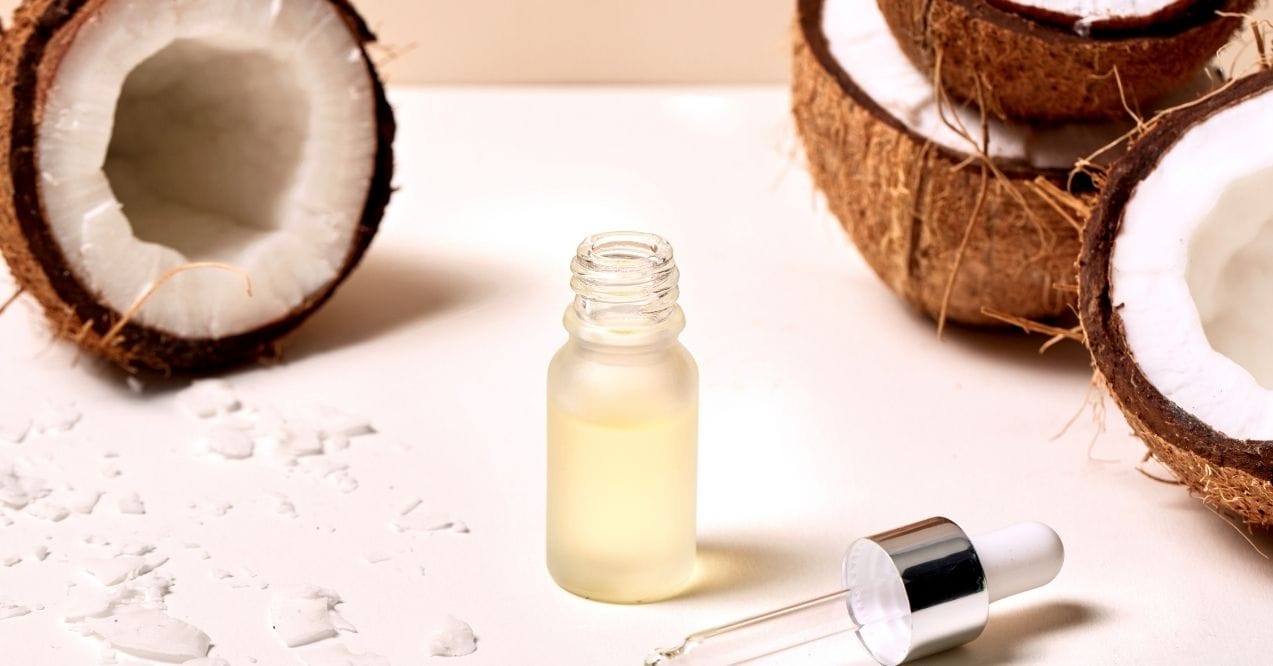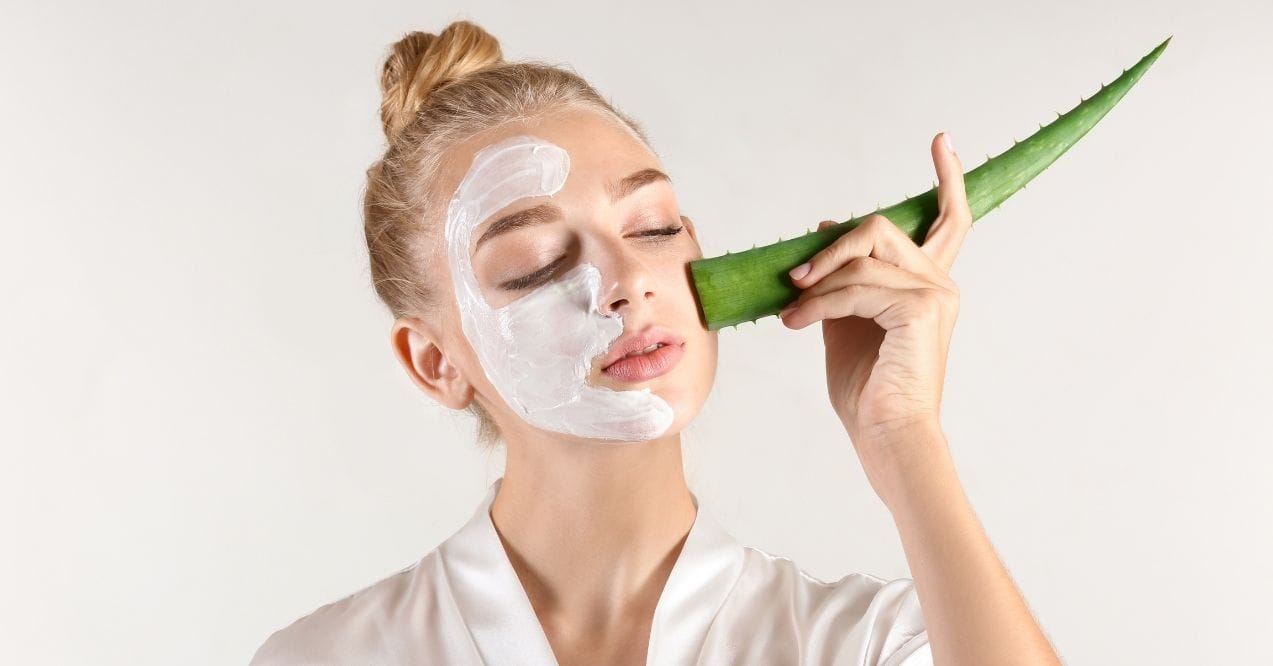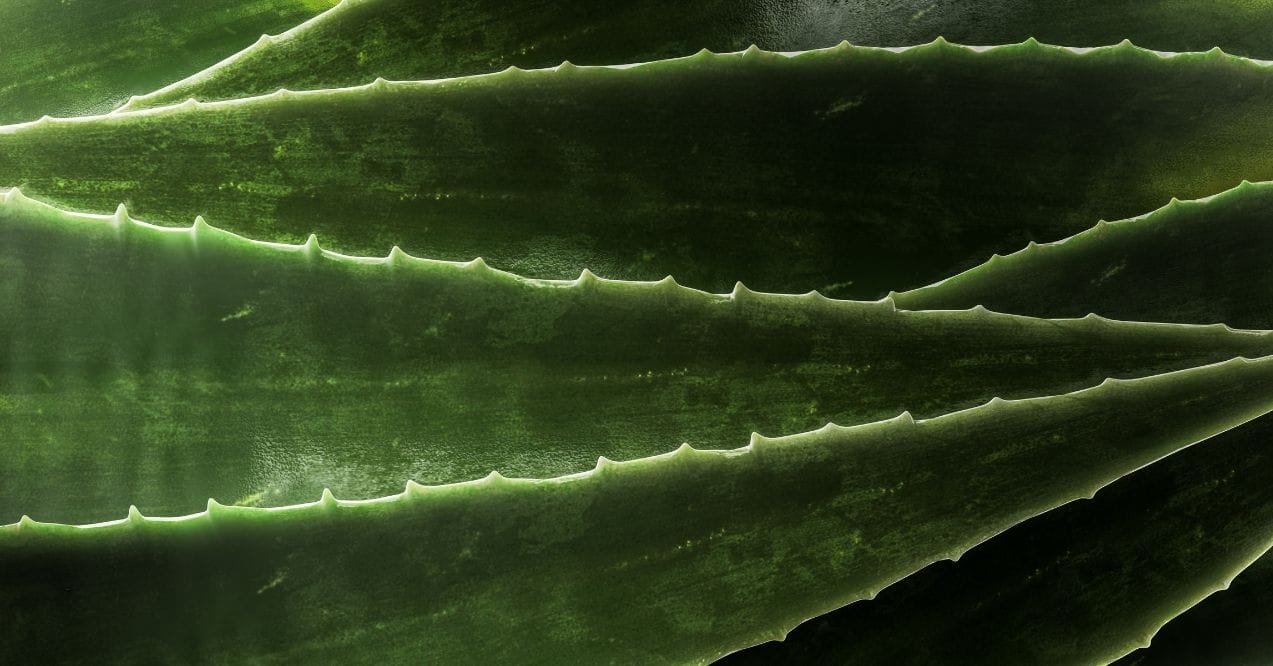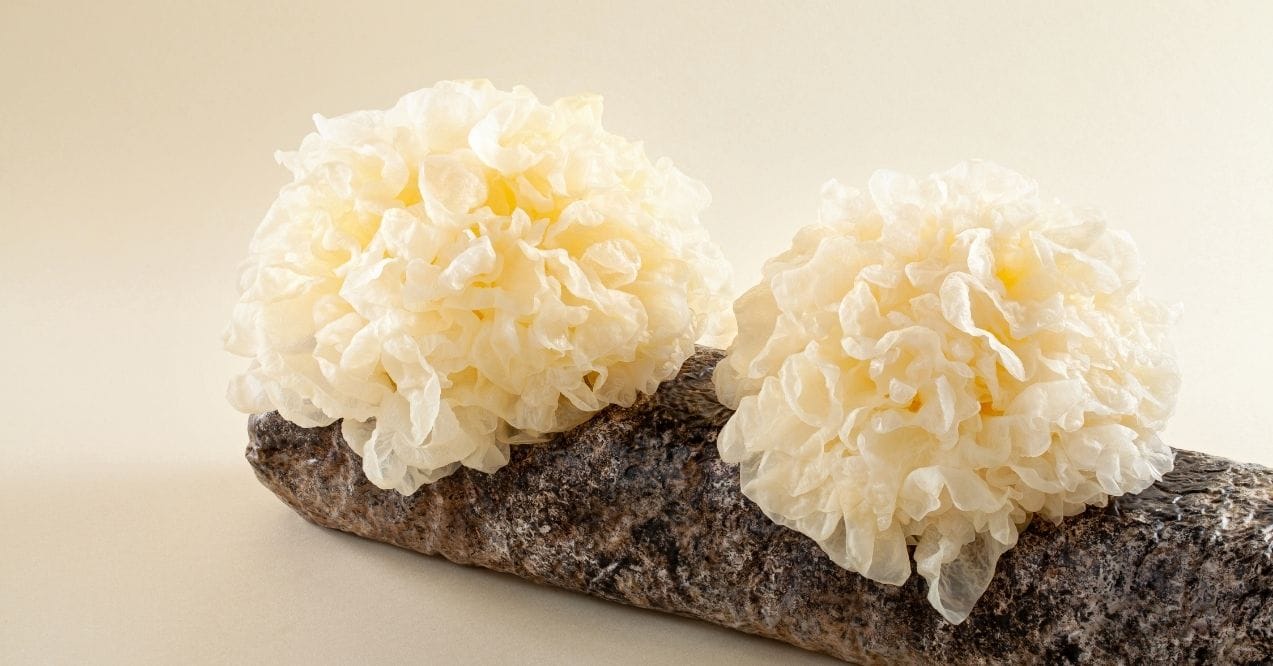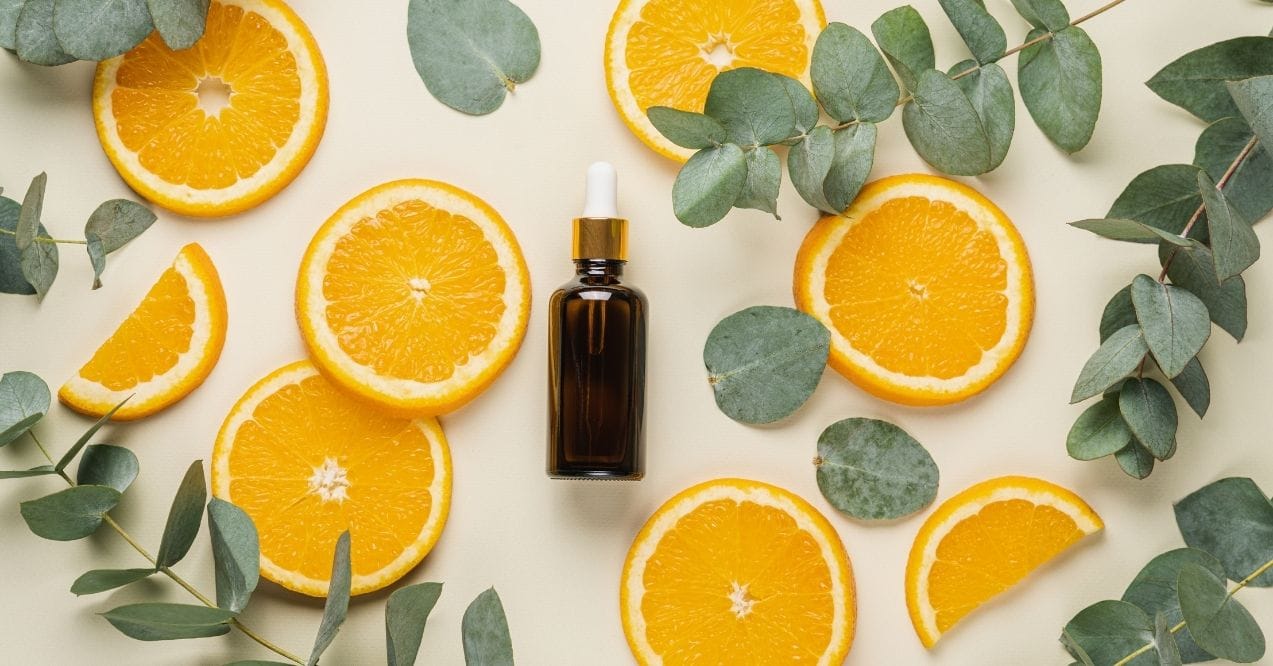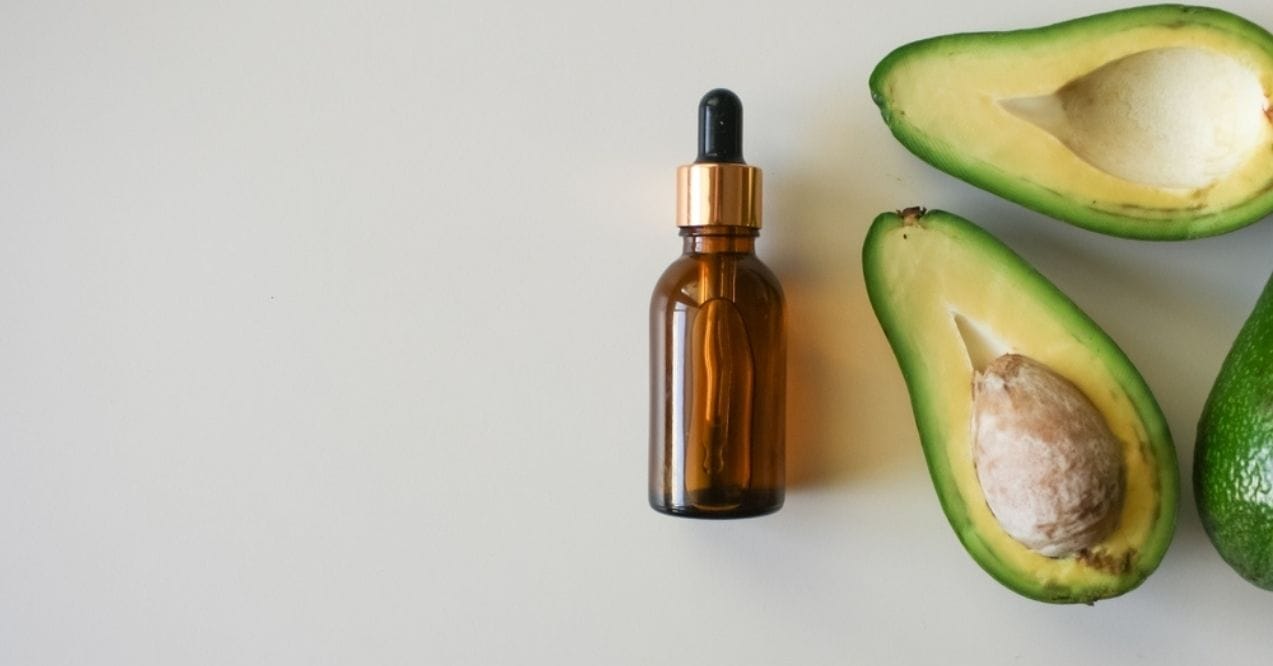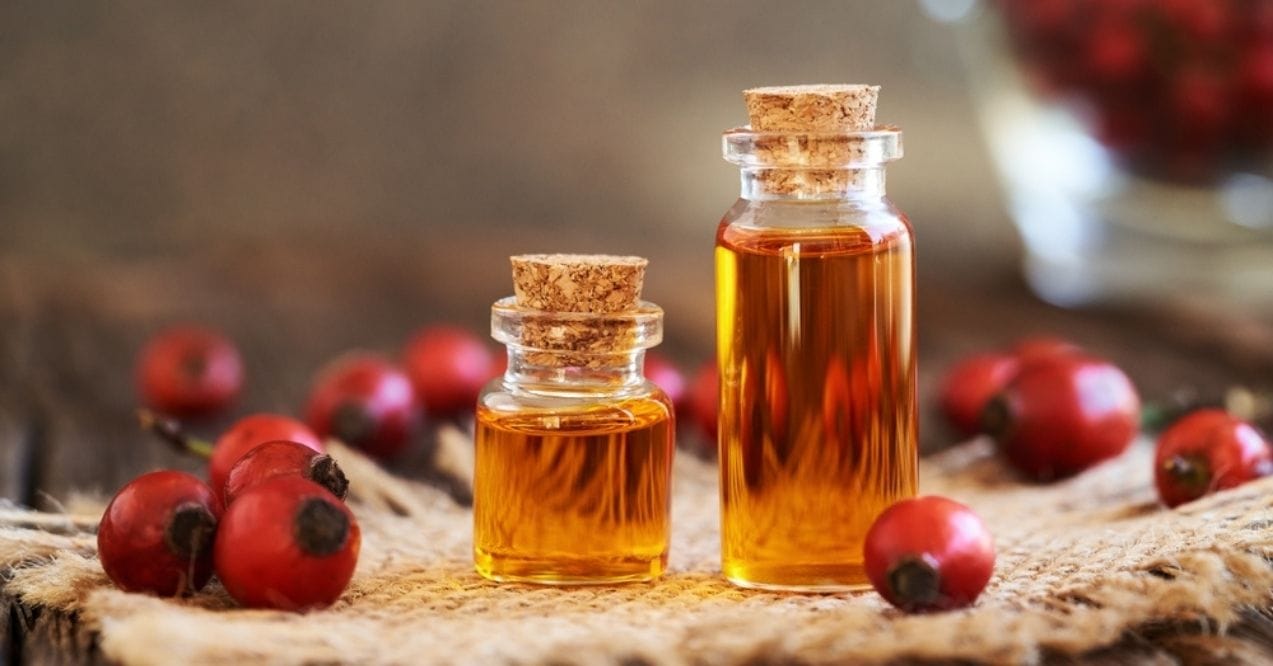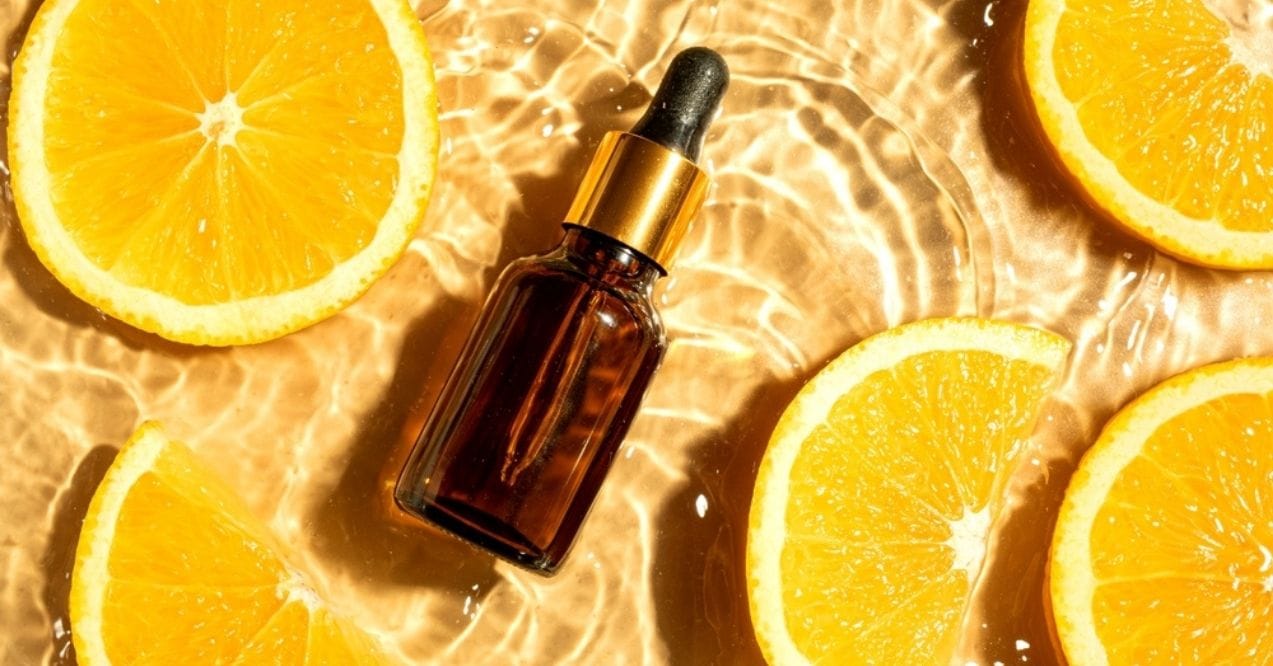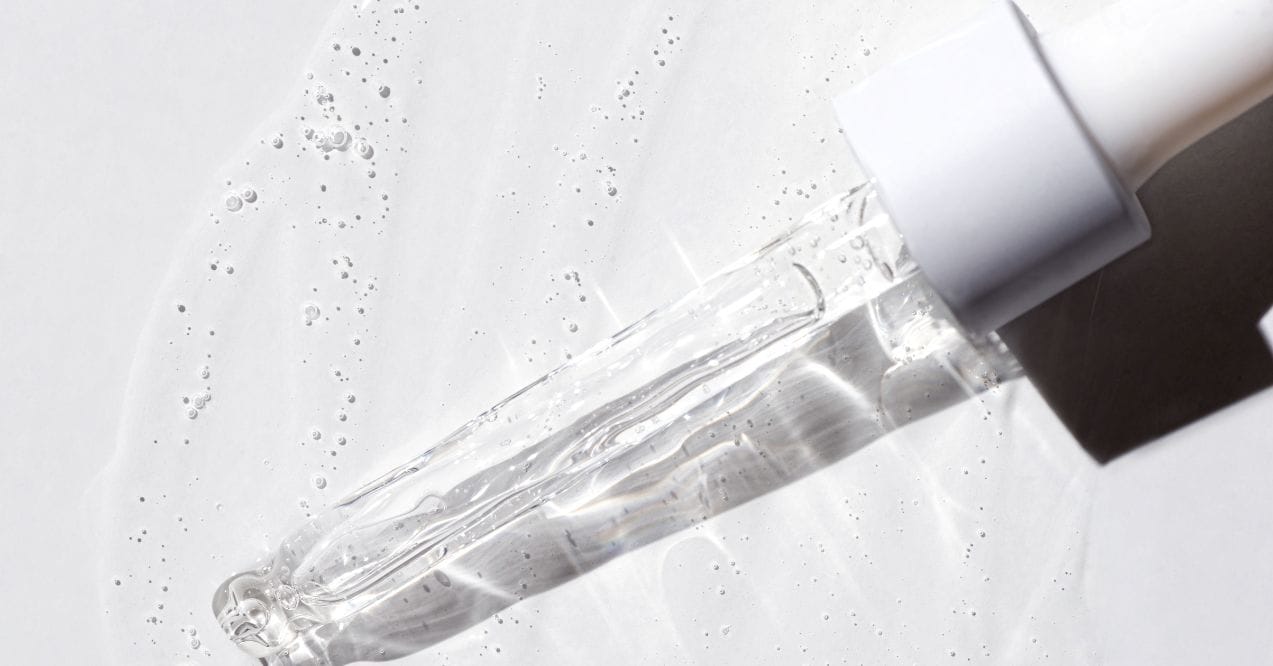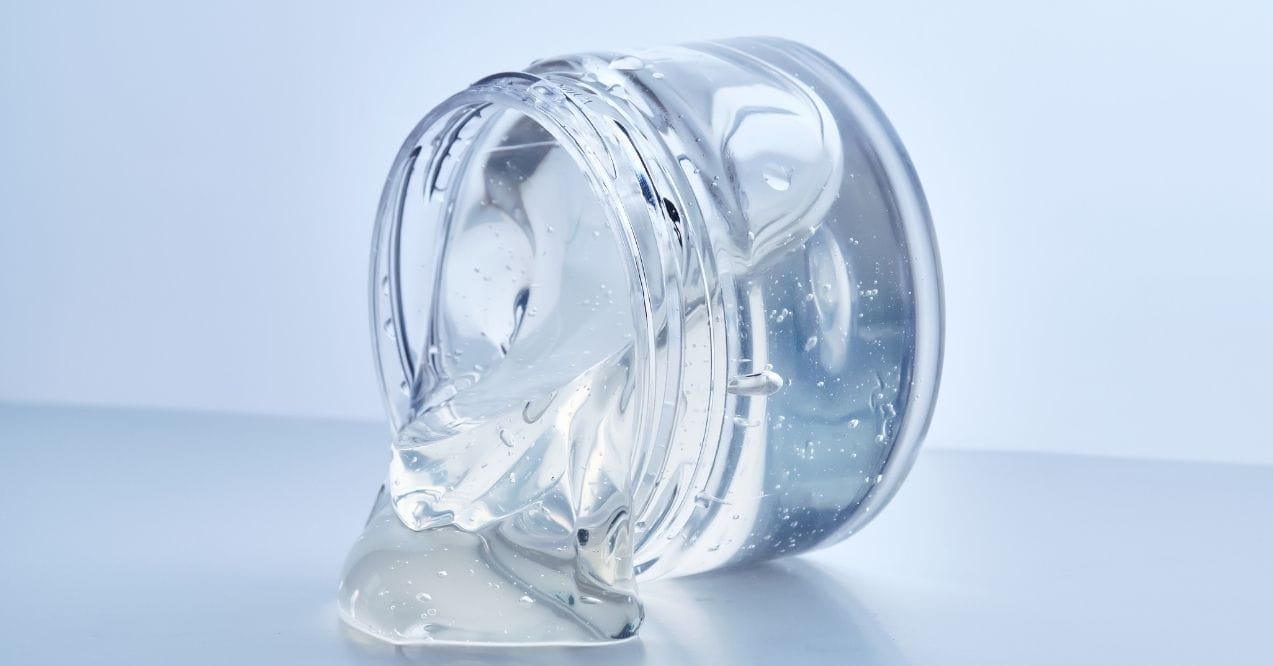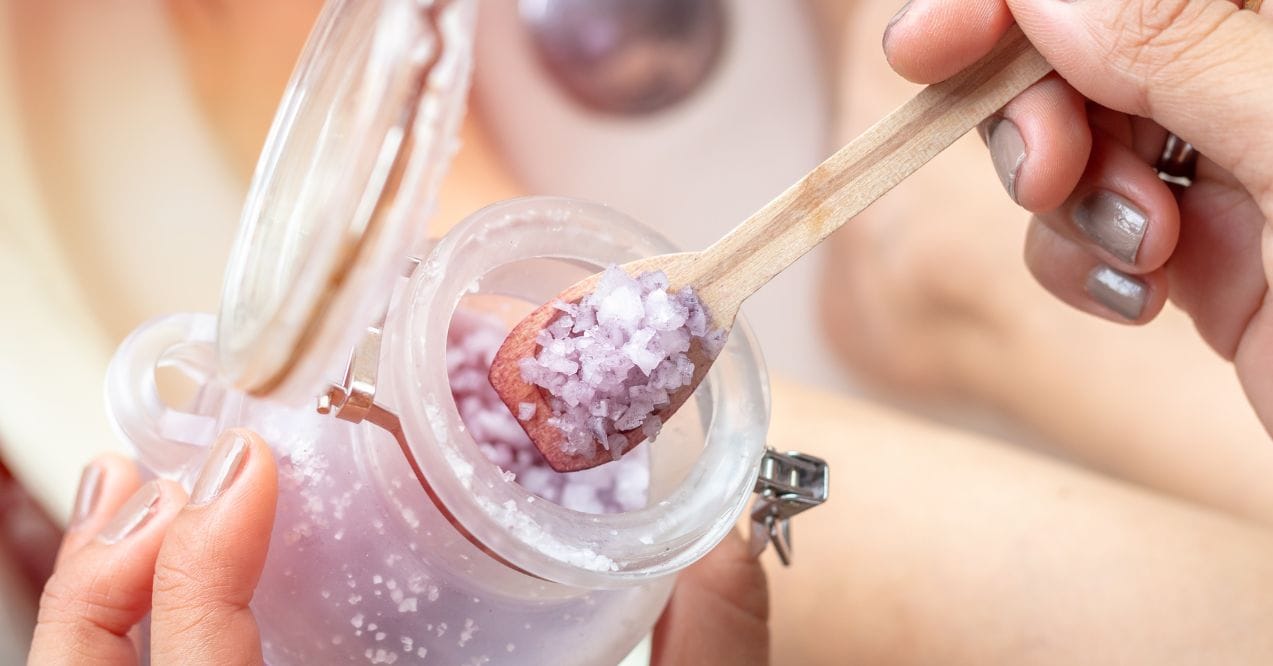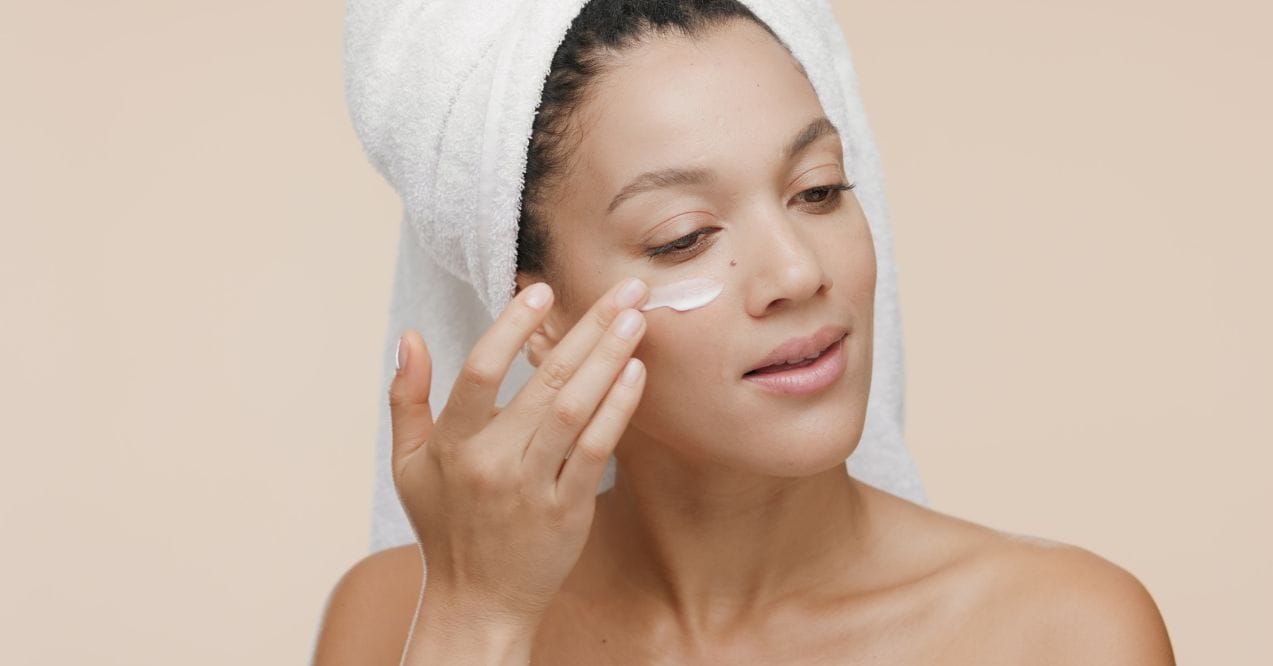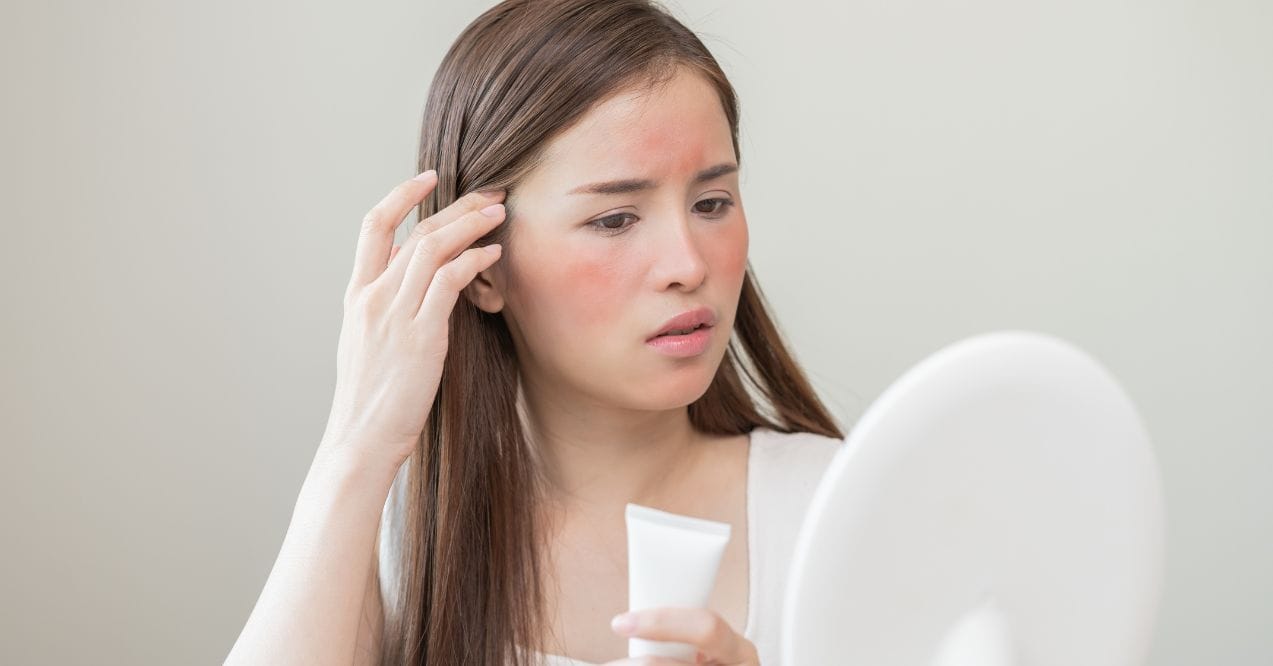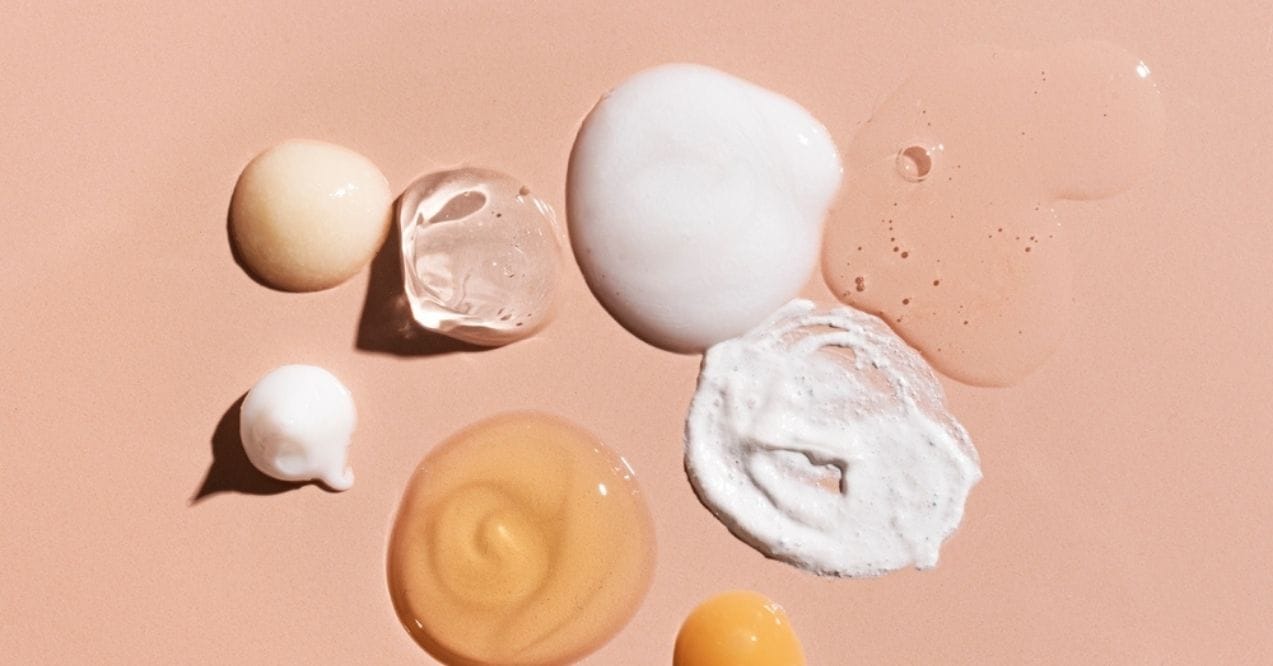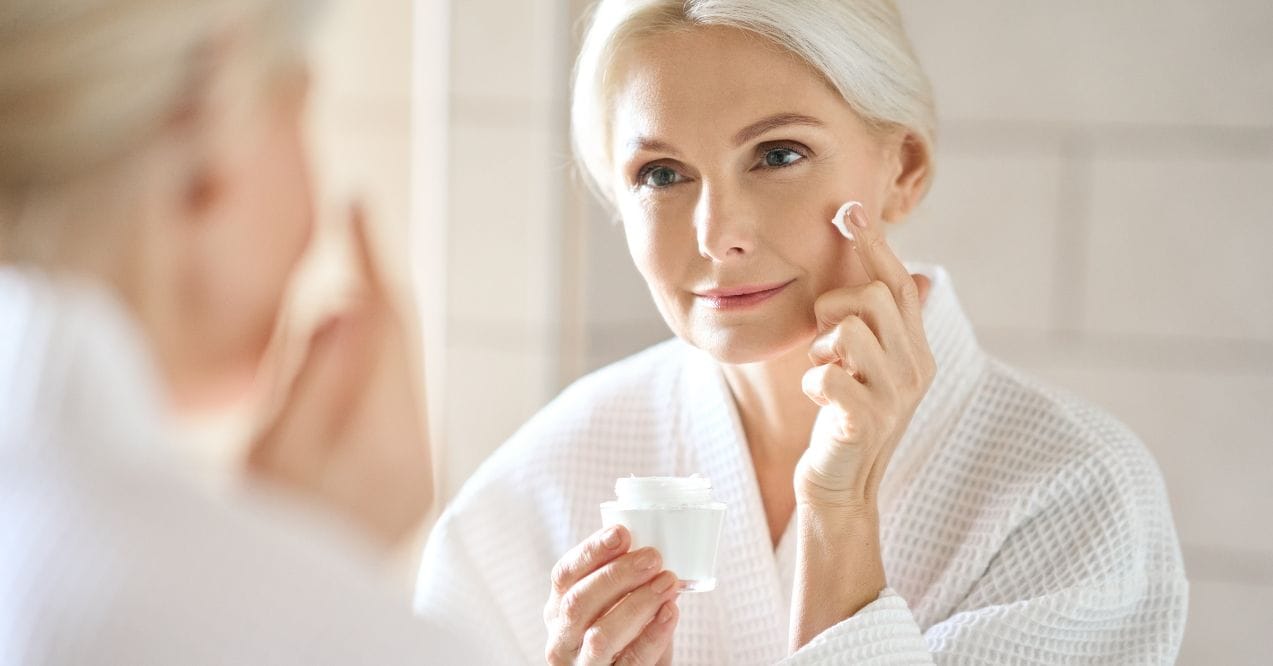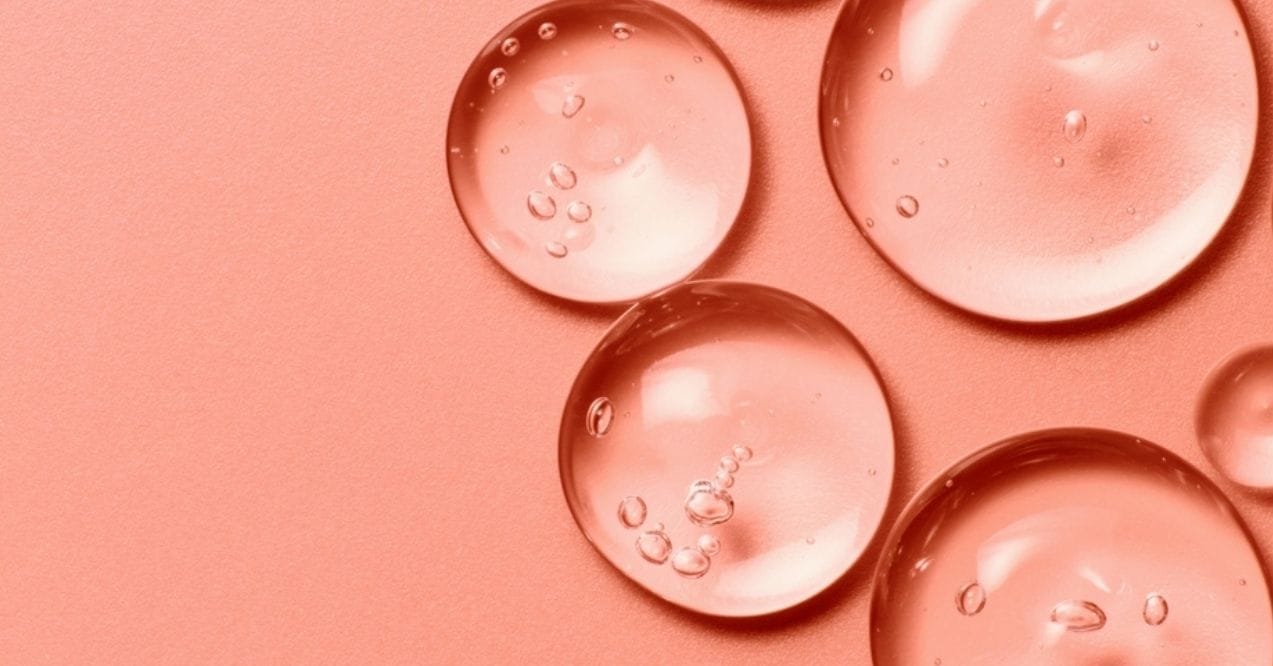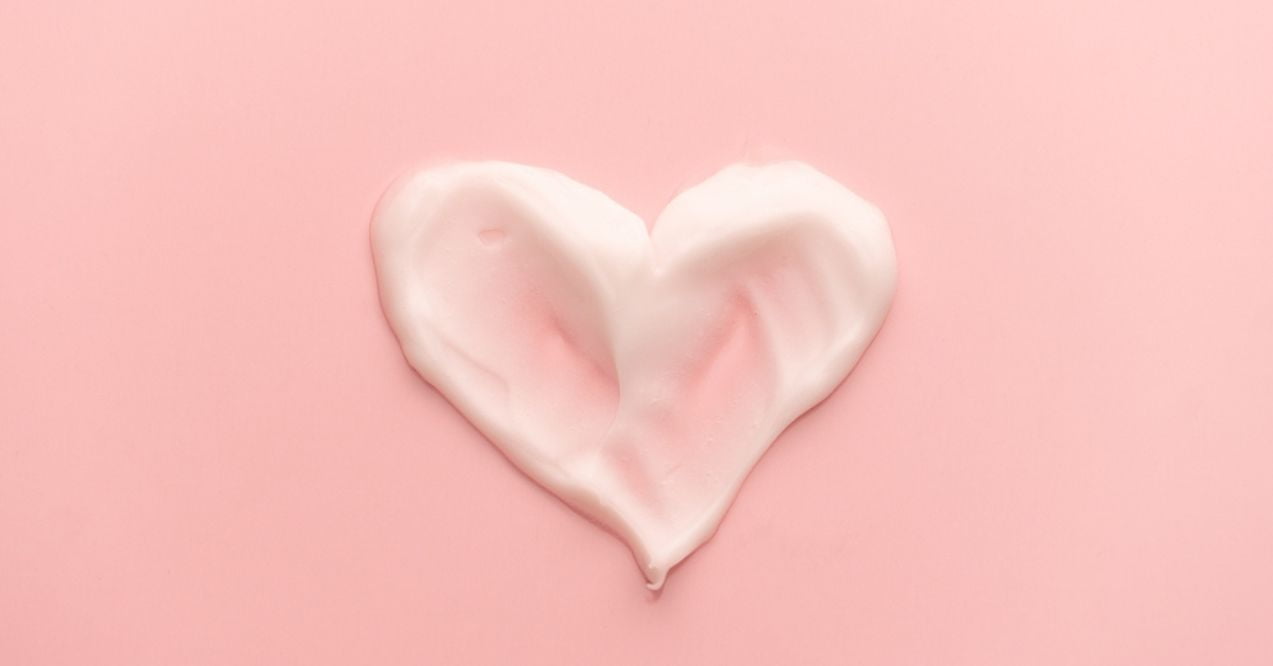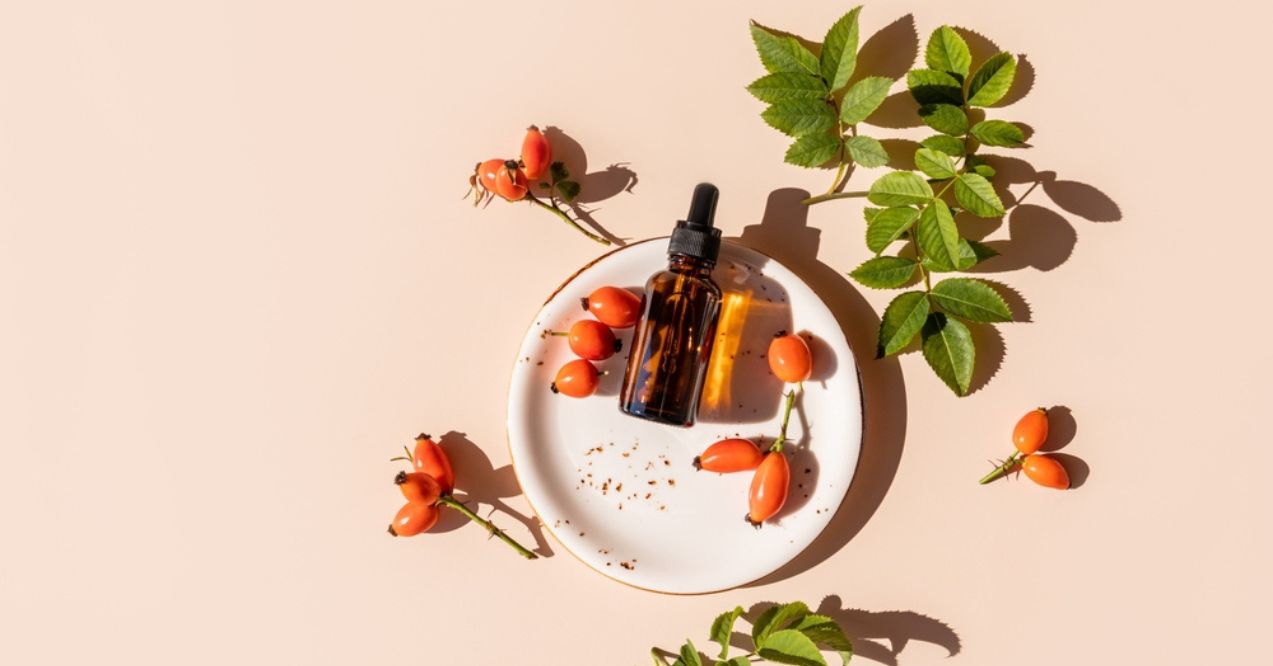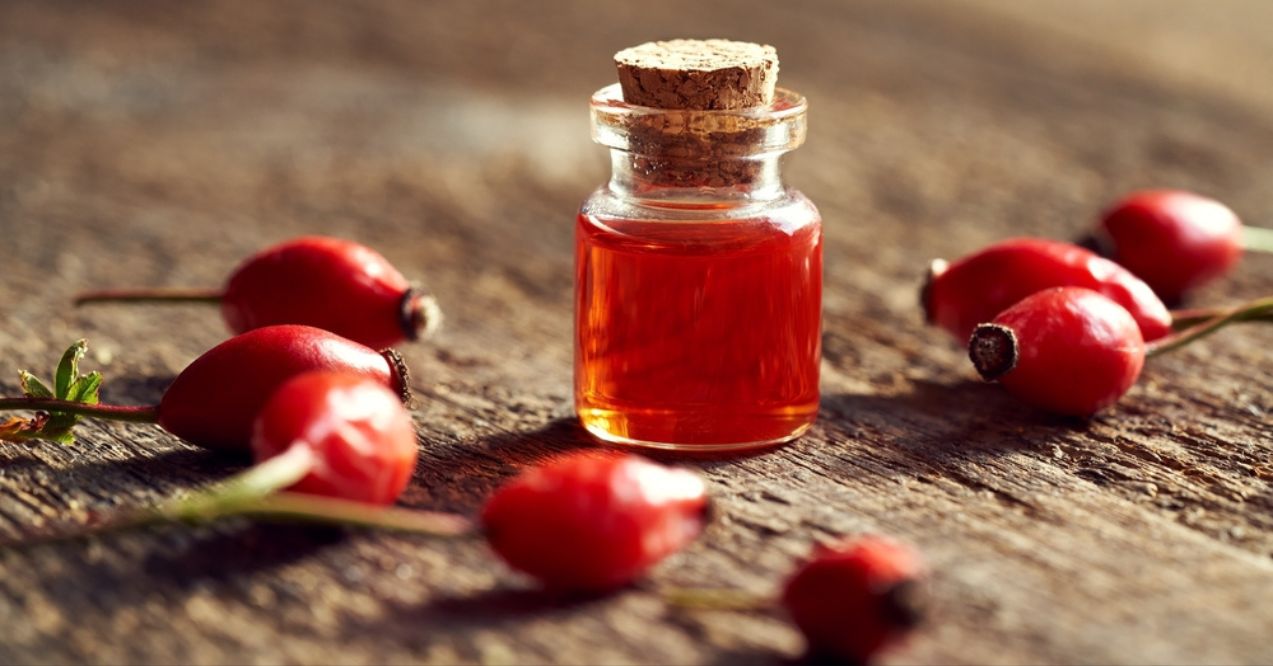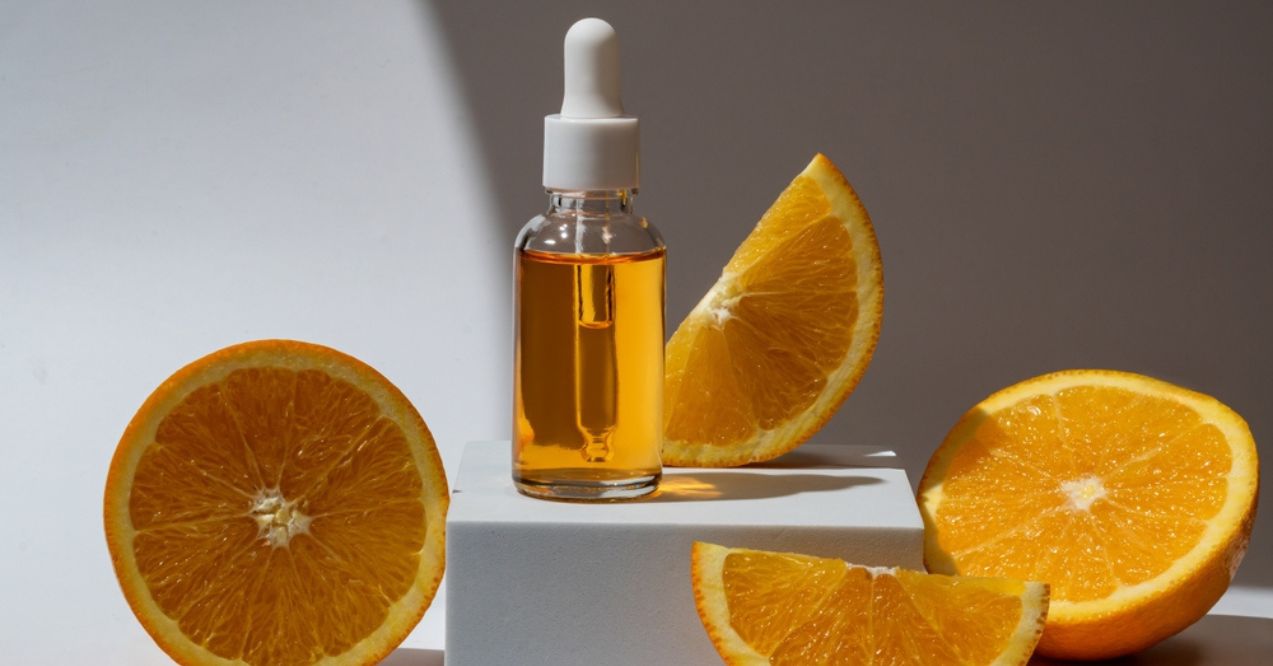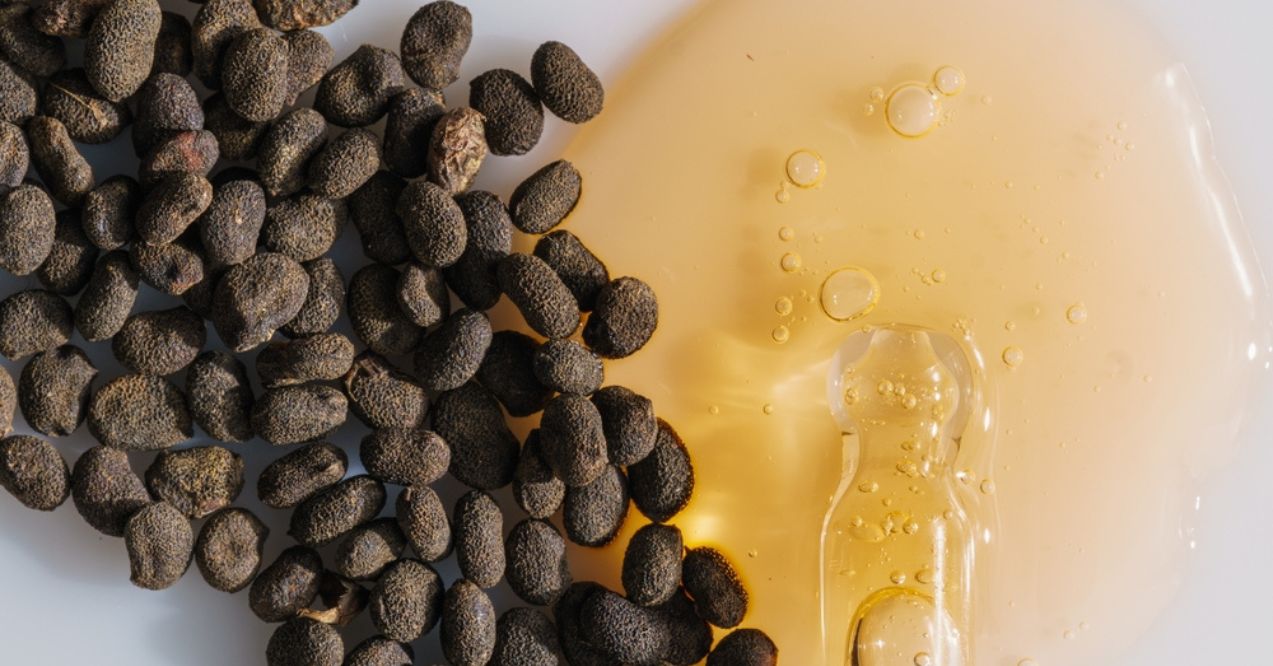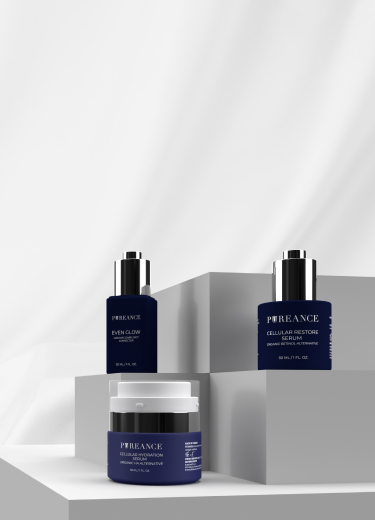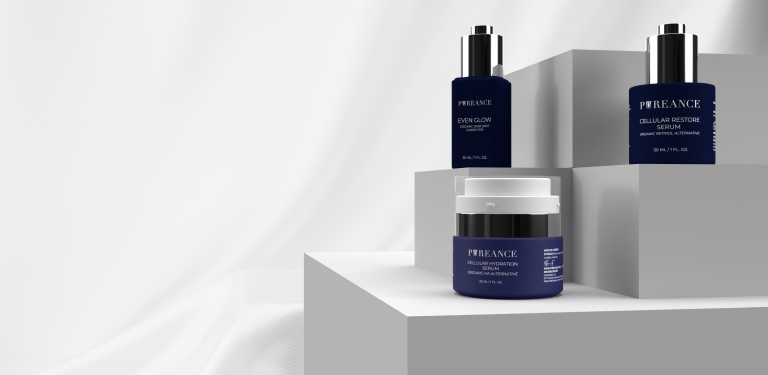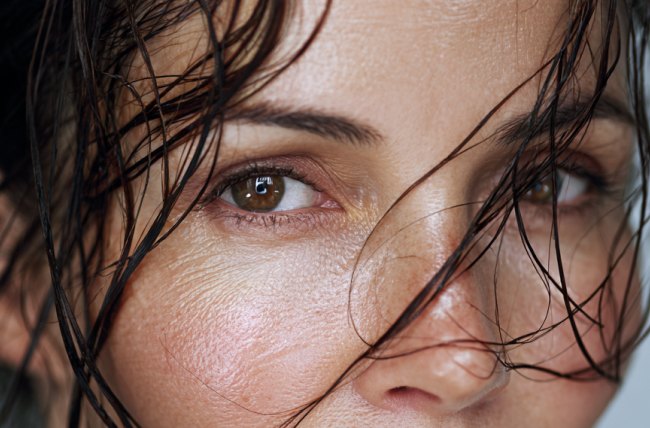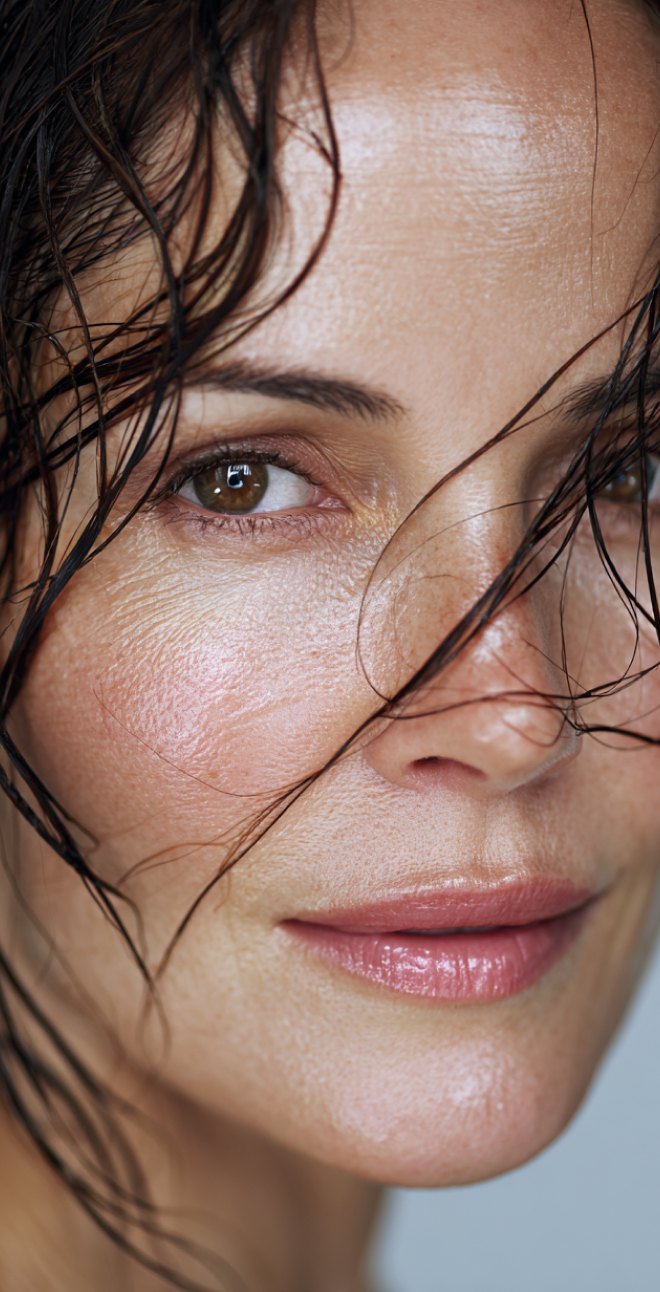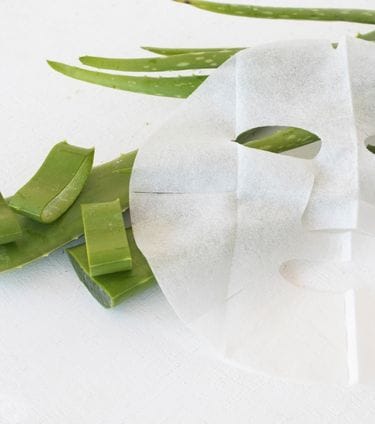
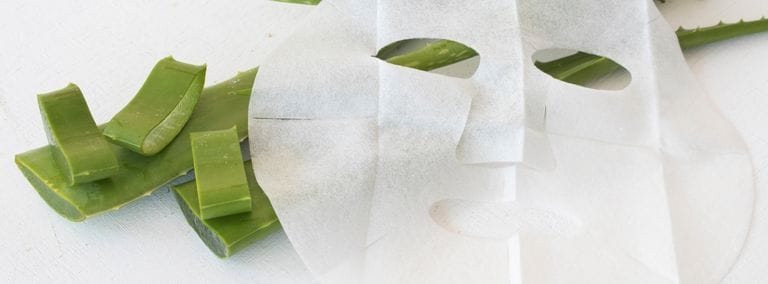

Does Aloe Vera Help With Wrinkles?
Looking in the mirror and noticing fine lines can be a bit of a shock. If you’re searching for gentle, plant-based options for your skin, you might wonder: does aloe vera help with wrinkles? This cooling, soothing plant has been a skincare staple for centuries, and many people turn to it for its potential anti-aging effects.
Let’s dive into what science and real-world use tell us about aloe vera for wrinkled skin, exploring both its potential benefits and practical ways to add it to your daily routine.
Key Article Findings
- Aloe vera contains vitamins, minerals, and compounds that may support skin hydration and elasticity.
- The plant’s gel form might help stimulate collagen production, which naturally decreases as we age.
- Research suggests aloe vera offers antioxidant protection that may guard skin against environmental damage.
- Aloe shows promise specifically for delicate under-eye wrinkles when applied gently and consistently.
Aloe Vera’s Benefits for Wrinkles
The aloe plant’s clear gel contains over 75 active compounds, including vitamins, minerals, enzymes, and amino acids. This nutrient mix gives aloe vera a unique position in the skincare world, with properties that might help with various aspects of skin aging.
Folk remedies have valued aloe for generations, but today’s interest comes from its potential effects on skin texture, firmness, and moisture levels. Let’s look at how aloe vera and wrinkles might be connected through several key mechanisms.
How Aloe Vera Helps with Skin Hydration
Aloe gel consists of about 99% water, making it deeply hydrating when applied to skin. This moisture boost may temporarily plump the skin, making fine lines less visible while adding a natural glow.
The gel’s light texture allows it to absorb quickly without leaving greasy residue. For dry, dehydrated skin that shows more visible signs of aging, this added moisture may help restore balance and softness.
Aloe Vera in Collagen Production
As we age, our bodies naturally produce less collagen—the protein that keeps skin firm and supple. Some studies suggest aloe vera may support the skin’s ability to maintain healthy collagen levels.
The plant contains sterols that might promote collagen and hyaluronic acid production. With continued use, this potential effect could lead to firmer skin with fewer visible wrinkles and improved elasticity.
Aloe Vera’s Antioxidant Properties
Free radicals from sun exposure and pollution can speed up skin aging. Aloe vera contains antioxidants like vitamins C and E that may help neutralize these damaging molecules.
This protective quality might be why aloe for wrinkles shows promise in real-world use. By potentially shielding skin from oxidative stress, aloe may help slow the formation of new lines while supporting overall skin health.
Scientific Studies on Aloe Vera and Wrinkles
While personal testimonials about aloe vera for wrinkles abound, what does research actually tell us? Several studies have explored how this plant affects aging skin, with findings that help explain its popularity in anti-aging products.
The evidence isn’t definitive, but it does suggest several ways aloe vera might benefit mature skin. Here’s what science has discovered about aloe’s potential to address wrinkles and support skin elasticity.
Aloe Vera’s Impact on Wrinkle Depth and Skin Elasticity
Research published in the Annals of Dermatology found that women taking aloe vera gel supplements showed improvements in facial wrinkles and elasticity after 90 days. The study noted increased collagen production and reduced collagen breakdown.
Aloe Vera for Long-Term Skin Health
Consistent use of aloe vera may offer cumulative benefits for aging skin. Studies suggest that its mix of vitamins, minerals, and amino acids provides ongoing nourishment that supports the skin’s natural repair processes.
Regular application might also protect against future damage. Looking for ways to address dark spots alongside wrinkles? Aloe’s gentle approach to skin renewal makes it worth considering for comprehensive care of mature skin.
How to Use Aloe Vera for Wrinkles
If you’re interested in trying aloe vera anti wrinkle treatments, you have several options. From store-bought products to DIY solutions, aloe can fit into almost any skincare routine.
Let’s explore different ways to incorporate aloe vera into your anti-aging regimen, with tips for maximizing its potential benefits for different skin types and concerns.
Aloe Vera Gel vs. Aloe Vera Creams
Pure aloe gel offers simple, direct application but can sometimes feel drying as it evaporates. It works well for oily or combination skin that needs lightweight hydration.
Aloe-infused creams blend the plant’s benefits with other moisturizing ingredients, making them better for dry or mature skin. These formulations often provide longer-lasting hydration and comfort.
DIY Aloe Vera Masks for Wrinkle Reduction
Mix 1 tablespoon fresh aloe gel with ½ teaspoon honey and a drop of vitamin E oil. Apply to clean skin for 15-20 minutes before rinsing with lukewarm water.
Another option: Combine aloe gel with mashed avocado for extra nourishment. These simple masks can temporarily plump the skin, potentially making fine lines less noticeable.
How Often Should You Apply Aloe Vera for Wrinkles?
Most skin types tolerate daily aloe application well. Consider using it twice daily—morning and night—after cleansing and before heavier moisturizers.
Results take time, so aim for at least 8-12 weeks of consistent use before evaluating its effects. Take photos at the start to better track subtle improvements in skin texture and appearance.
Aloe Vera for Under-Eye Wrinkles
The thin skin around eyes shows aging first, making it a priority area for many. Aloe’s cooling, hydrating properties may help temporarily reduce the appearance of fine lines in this delicate zone.
Apply a tiny amount of pure aloe gel with your ring finger, using a gentle patting motion. The light texture absorbs quickly, making it suitable for use under makeup or eye cream. Looking for more tips? Check out comprehensive ways to address under-eye wrinkles.
Top Ingredients to Pair with Aloe Vera
While aloe vera shows promise on its own, its benefits may be enhanced when combined with other proven skincare ingredients. These power couples may address multiple signs of aging simultaneously, offering more comprehensive results than using aloe alone.
Vitamin C and Aloe Vera
This dynamic duo combines aloe’s soothing properties with vitamin C’s collagen-boosting and brightening effects. Together, they may help improve skin texture while addressing uneven tone.
The hydrating quality of aloe can also help minimize the potential irritation sometimes experienced with vitamin C products, making this pairing excellent for sensitive skin.
Retinol and Aloe Vera
Retinol is known for fighting wrinkles but can cause dryness. Aloe vera may help counterbalance this effect while adding its own potential anti-aging benefits.
Try applying aloe gel first as a buffer, then adding your retinol product. This sequence may help reduce irritation while still allowing retinol to work effectively.
Niacinamide and Aloe Vera
Niacinamide strengthens the skin barrier while aloe calms and hydrates. This combination may help address multiple signs of aging while keeping skin comfortable.
This gentle yet effective pairing works particularly well for those with sensitive skin who find other anti-aging ingredients too harsh or irritating.
Conclusion
So, is aloe vera good for wrinkles? The evidence suggests it may offer several benefits for aging skin—from hydration to potential collagen support and antioxidant protection. While not a miracle cure, aloe vera deserves consideration as part of a comprehensive approach to skin aging.
Whether you choose pure aloe gel, aloe-infused products, or combine it with other active ingredients, this versatile plant offers a gentle option for those seeking natural approaches to skin aging. As with any skincare addition, patience and consistency are key to seeing potential improvements in skin texture and appearance.
Aloe vera may help with wrinkles by providing hydration, supporting collagen production, and offering antioxidant protection. Results vary by person and require consistent application over time.
Aloe vera might reduce wrinkles by moisturizing the skin, potentially boosting collagen production, and providing antioxidants that help protect against environmental damage.
Yes, aloe vera can be safely applied to the face for wrinkles. It’s generally well-tolerated by most skin types and can be used as a gel, cream, or in DIY masks.
Aloe vera may benefit under-eye wrinkles thanks to its hydrating and soothing properties. Apply gently with your ring finger, using a patting motion on this delicate area.
This site offers health, wellness, fitness and nutritional information and is designed for educational purposes only. You should not rely on this information as a substitute for, nor does it replace, professional medical advice, diagnosis, or treatment. If you have any concerns or questions about your health, you should always consult with a physician or other health-care professional. Do not disregard, avoid or delay obtaining medical or health related advice from your health-care professional because of something you may have read on this site. The use of any information provided on this site is solely at your own risk.
Nothing stated or posted on this site or available through any services are intended to be, and must not be taken to be, the practice of medical or counseling care. For purposes of this agreement, the practice of medicine and counseling includes, without limitation, psychiatry, psychology, psychotherapy, or providing health care treatment, instructions, diagnosis, prognosis or advice.
